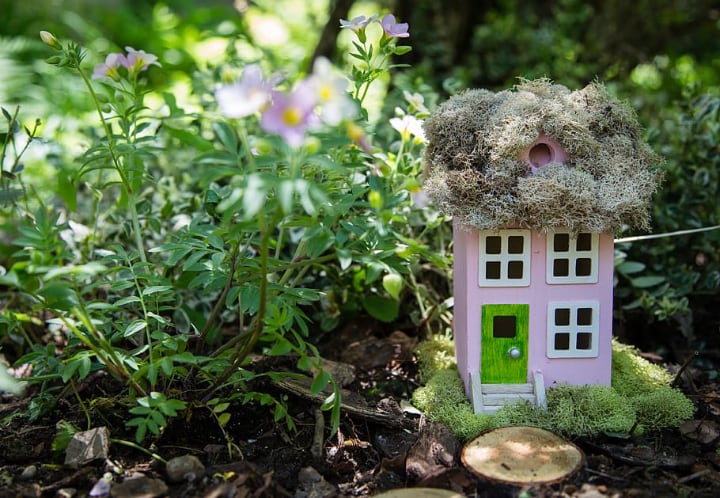
If you’ve ever been fascinated by fairy tales and magical creatures, creating a fairy garden could be a delightful and creative project. Whether you want to team up with your kids, work on it solo, or simply enjoy the process, the result is sure to be something magical. Let’s dive into some fantastic fairy garden ideas you can adapt to your personal style!
What’s a Fairy Garden?
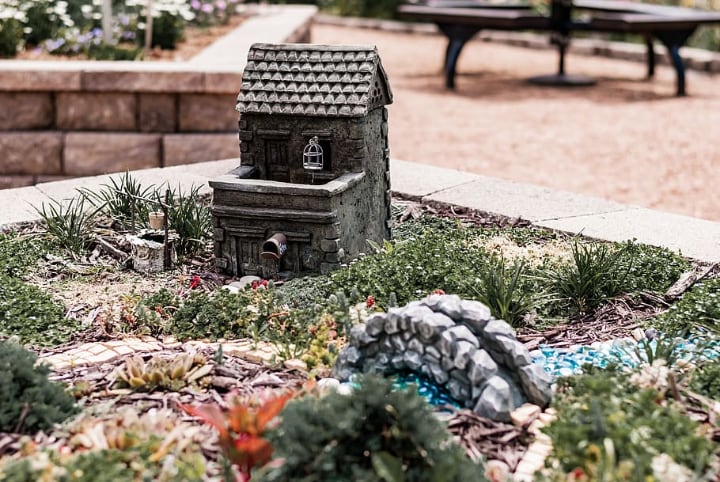
A fairy garden is a miniature space, either indoors or outdoors, filled with tiny plants and magical figurines like fairies, gnomes, and miniature furniture. It’s a tiny world that reflects your love for nature and all things whimsical. Think of it as a magical home within your garden—where fairies might stop by for a visit.
1. Fairy Gnome Garden
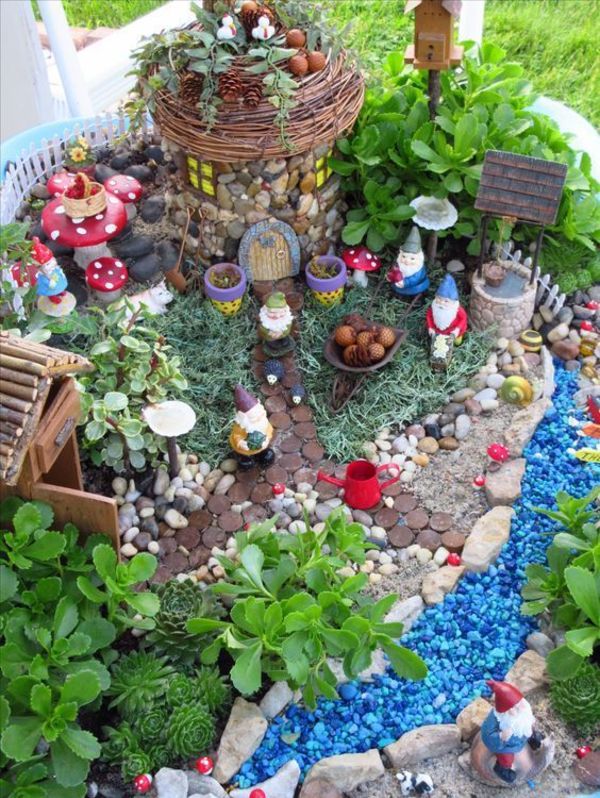
Add a little mischief with a gnome-filled garden! Place a few red and blue-capped gnomes around your space and create a story around them. You can include a tiny cabin, some stone mushrooms, acorns, and even a small stream made of blue pebbles to enhance the fairy-like atmosphere.
2. Purple Fairy City
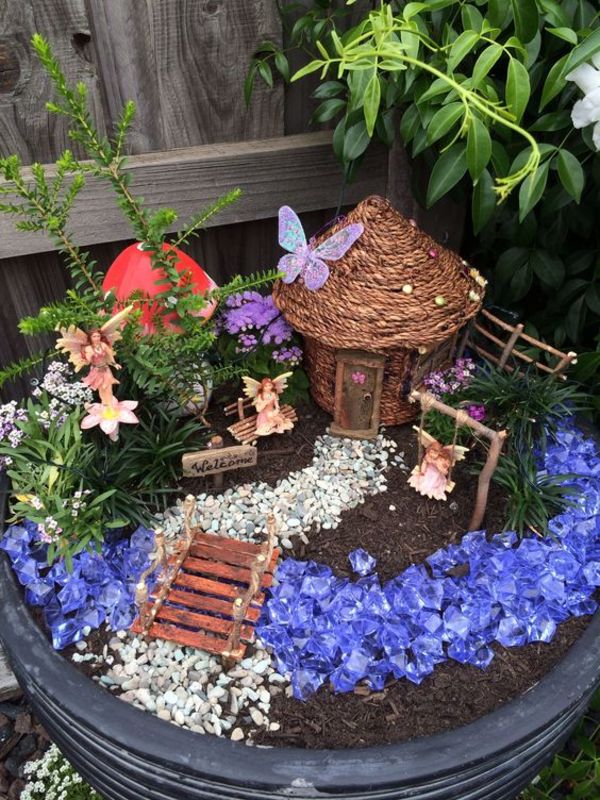
For lovers of purple, why not create a whole fairy city in shades of lavender and mauve? Add purple flowers like lavender or clematis, fairy figurines with purple details, and colorful crystals to make your garden come alive with mystical vibes.
3. Country Cottage Fairy Garden
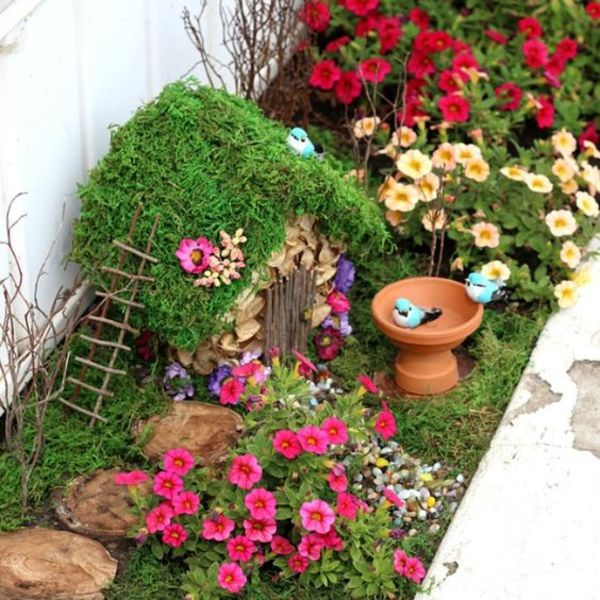
Bring the charm of a country cottage into your garden with a thatched roof, bird figurines, wooden steps, and moss-covered stones. Add colorful flowers like petunias to attract the fairies, and include a small birdbath to invite chirping visitors.
4. DIY Miniature Tire Fairy Garden
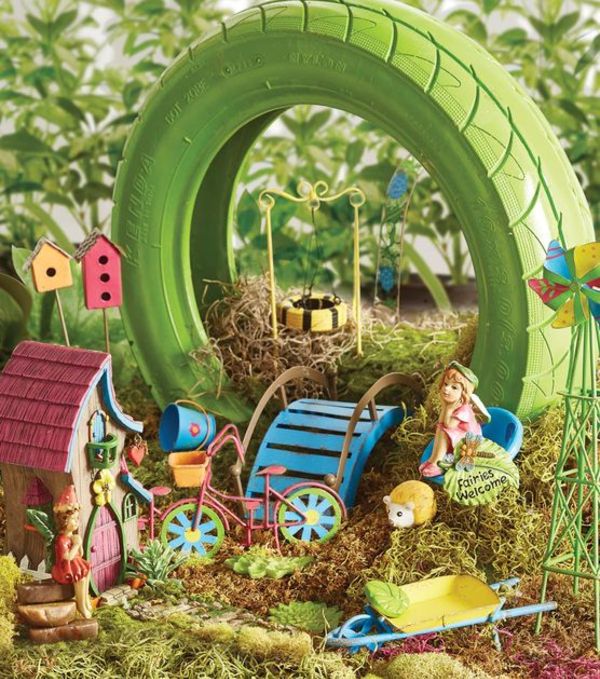
Give old tires a new life by turning them into a whimsical fairy garden. Paint the tire with spray paint, and then fill it with miniature fairy houses, benches, bridges, and even a rainbow windmill for that extra touch of charm.
5. Wooded Wonderland
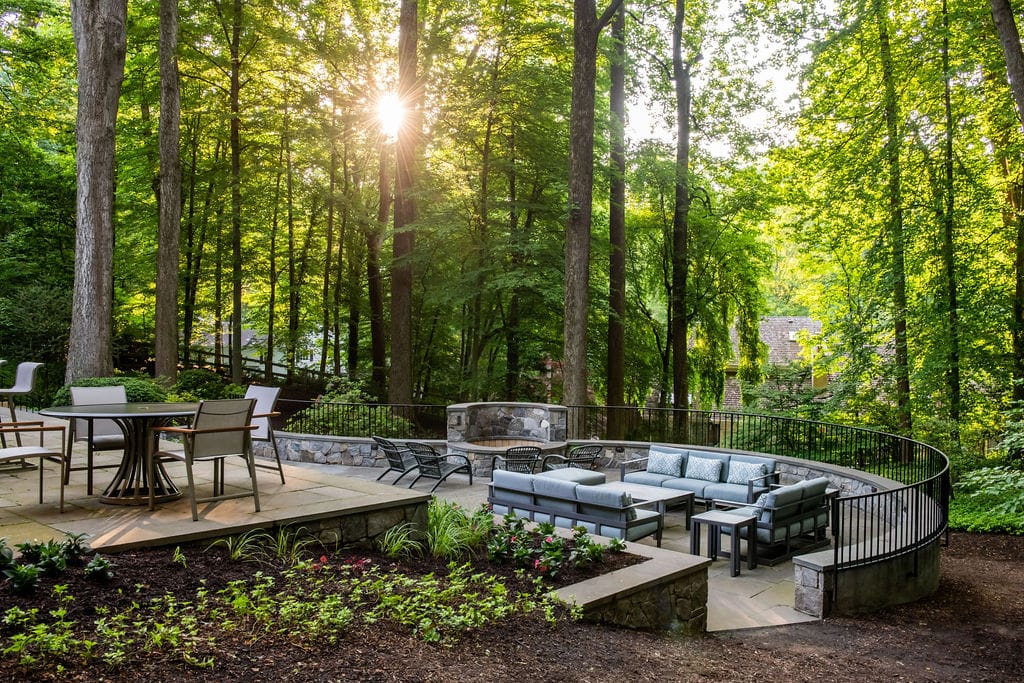
Create a woodland fairy garden with wooden houses, toadstools, and mossy logs. Use colorful pebbles, gnomes, and plants to bring the area to life, perfect for a rustic outdoor space where fairies can feel at home.
6. Fairy Garden in a Pot
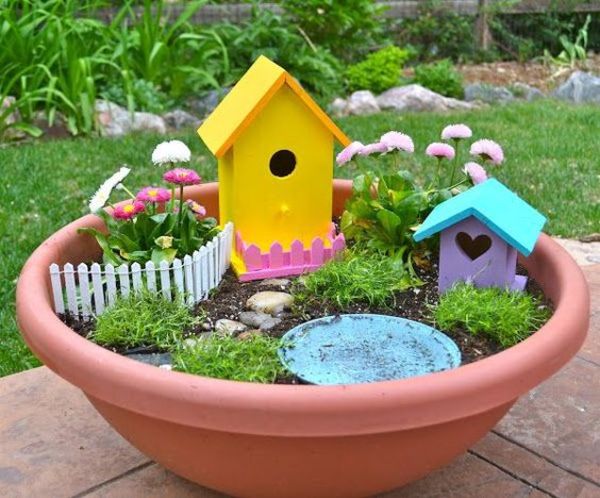
Short on space? No problem! A pot can be the perfect place to create a magical mini garden. Add tiny houses, picket fences, and flowering plants, and you’ve got an enchanting fairy garden that’s portable—perfect for small spaces or as a table centerpiece.
7. Duplex Fairy Garden House
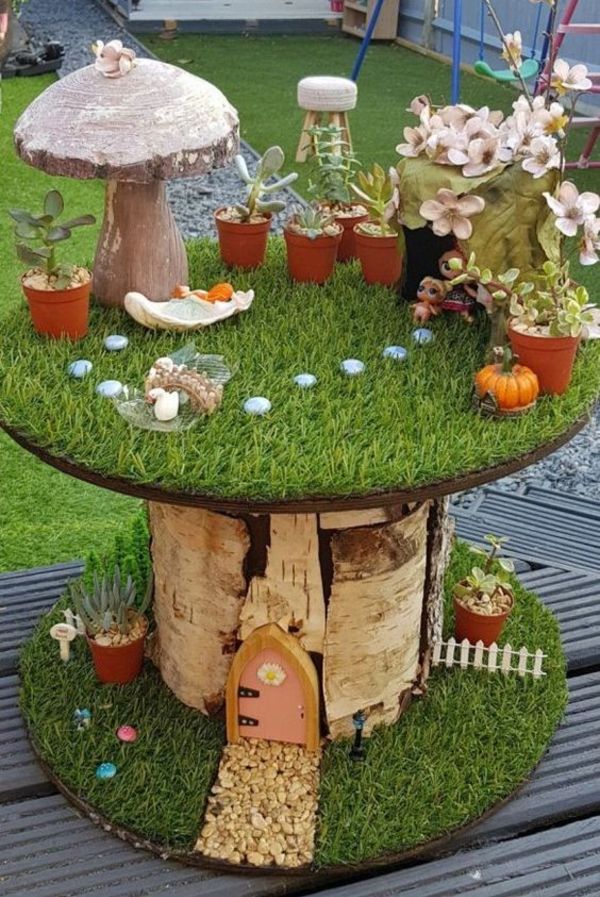
For a bit of whimsical charm, create a duplex-style fairy garden with greenery and pebbled pathways leading to miniature houses. Add a cute mushroom-shaped gazebo and some fairy figurines for a cozy, inviting atmosphere.
8. Miniature Fairy Garden
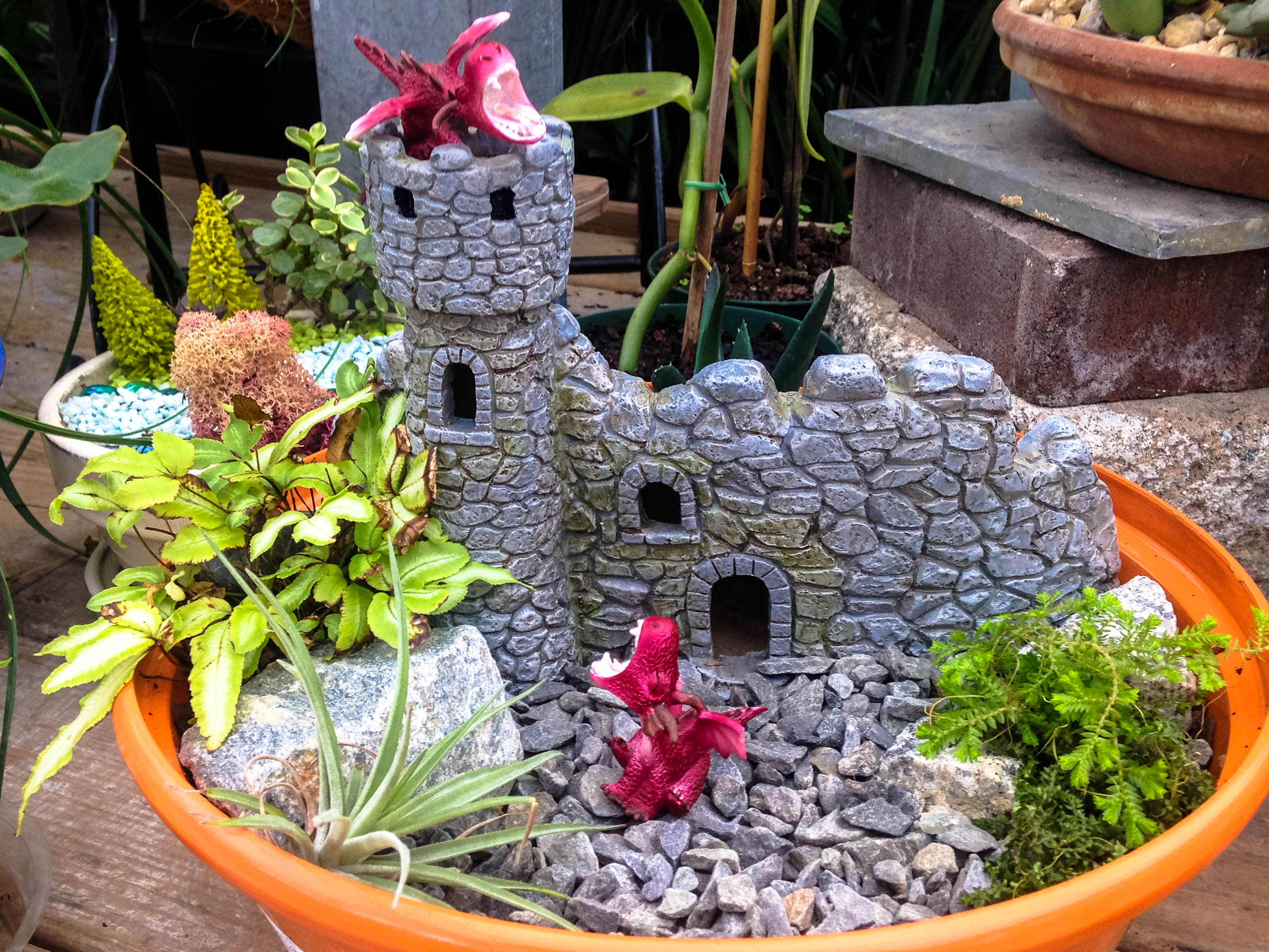
This cute fairy garden in a planter is a perfect little getaway for your fairies. Small pebbles, slow-growing plants, and tiny houses make this garden feel like it’s straight out of a fairy tale. It’s a wonderful way to create a bit of magic in a confined space.
9. Fairytale Garden
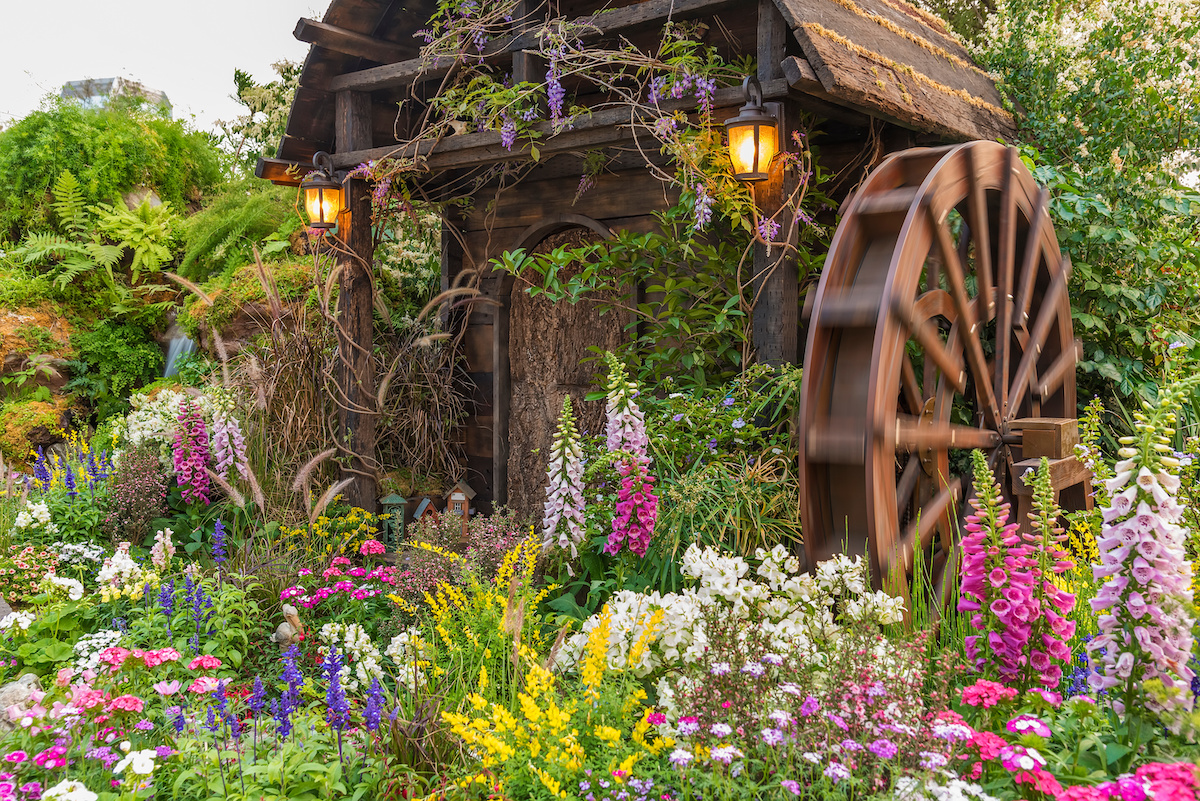
For a dreamy, magical atmosphere, create a fairytale garden with confetti-colored pebbles, tiny pink toadstools, a clothesline for fairy outfits, and a pastel-colored candy house. This magical garden will be a haven for all things whimsical.
10. Tropical Seaside Garden
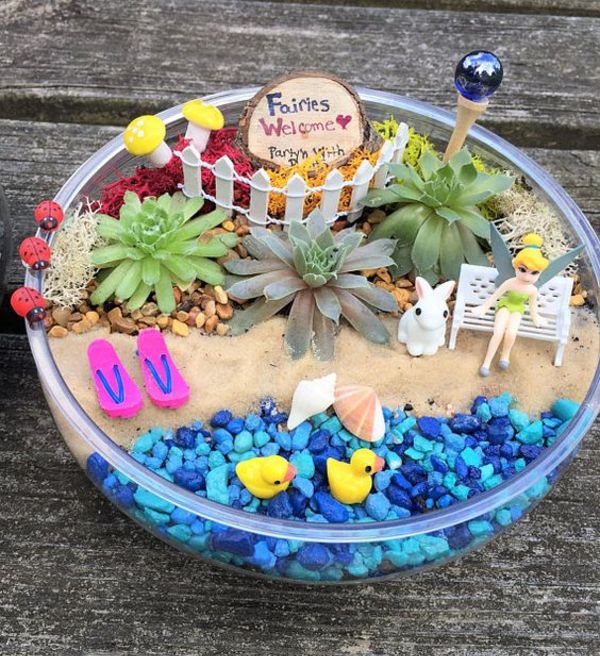
Create a tropical retreat in your garden with sand, succulents, and seashells. Place a tiny bench, some clay mushrooms, and miniature ladybugs for added charm. This seaside-themed garden is perfect for fairies who love a bit of relaxation by the sea.
11. Miniature Garden with Succulents
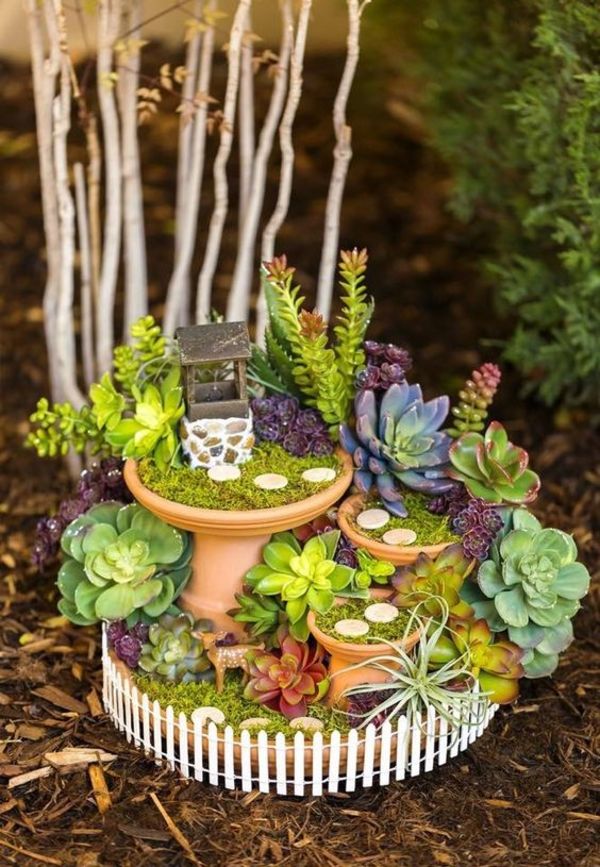
Succulents are all the rage, and they work wonderfully in fairy gardens too. Plant them in layers, surrounded by a cute picket fence, and add stepping stones leading to a tiny wishing well. The quirky shapes and colors of succulents make them perfect for a whimsical garden.
12. Rainbow Unicorn World
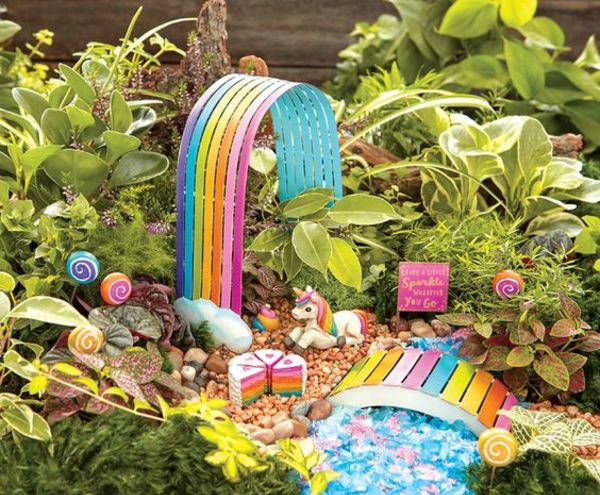
If you love rainbows and magic, why not create a unicorn-themed fairy garden? Use rainbow-colored elements like a sparkling stream, a wooden bridge, and a magical gate to bring this fantastical world to life. Add a few lollipops for the unicorns to nibble on!
13. Garden in the Woods

Place your fairy garden amidst natural greenery for a woodland retreat. A small wooden cottage surrounded by dwarfs and mushrooms gives the garden a magical ambiance that feels like it’s straight out of a fantasy story.
14. Meditative Garden for Fairies
:max_bytes(150000):strip_icc()/how-to-make-a-fairy-garden-7483245-05-fd3c9a7e166840a6a6b3e778547f58ea.jpg)
Create a tranquil space with a meditative fairy garden. Use long, hanging plants, a tiny wooden bench, and calming pebbles to create a peaceful retreat for fairies. A fairy in a meditative pose adds the perfect finishing touch.
1527 Fairy Garden Ideas You’ll Fall in Love With
:strip_icc()/U-shaped-garden-trellis-101448229_9Oa-LQTUKzTBiJQw0cfdbq-2983e73ec3aa438889115fbf5c8c7972.jpeg)
Capture the charm of spring with vibrant flowers and delicate fairy figurines. Create a soft, whimsical scene using rocks, bamboo sticks, and aromatic candles to complete this enchanting garden.
2. What types of plants work best in a fairy garden?
Small, low-growing plants work best for fairy gardens. Some popular options include moss, succulents, petunias, lavender, and ground covers like Creeping Jenny or Thyme.
3. Can I create a fairy garden in a small space?
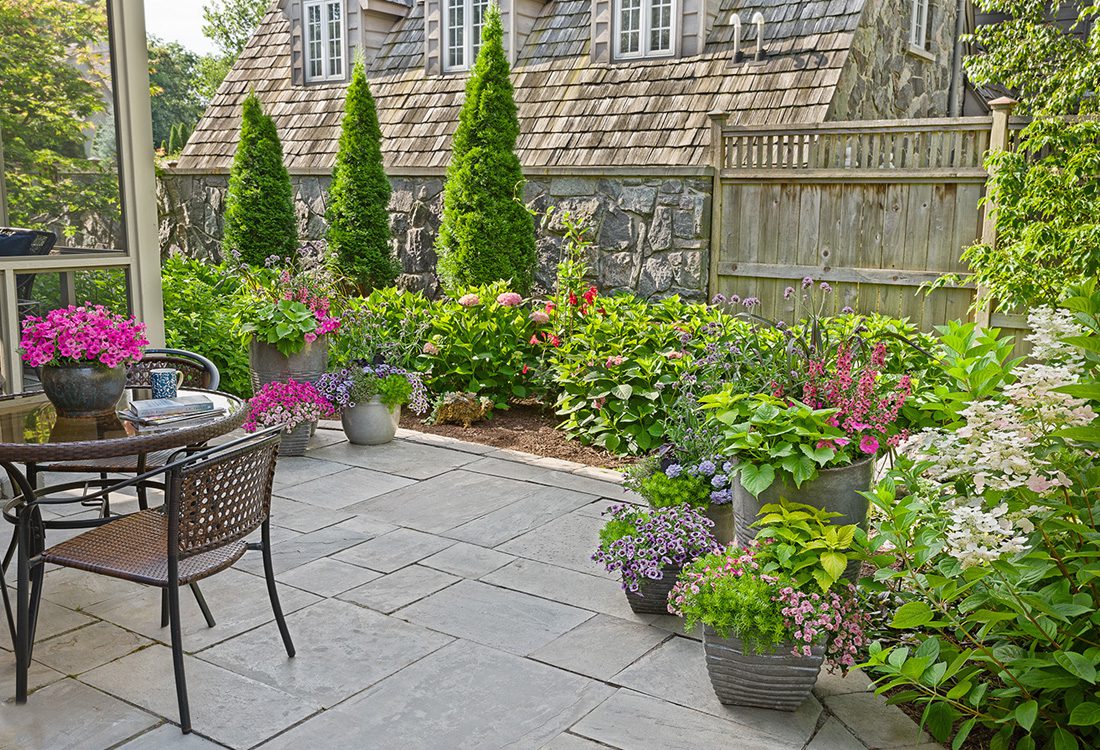
Yes, fairy gardens can be made in small spaces like pots, trays, or even upcycled materials such as old containers or tires. They’re perfect for balconies, windowsills, and even as table centerpieces.
4. How do I make my fairy garden look magical?
To create a magical atmosphere, use whimsical figurines like fairies, gnomes, or animals, and incorporate natural elements like stones, pebbles, or small logs. Add colorful flowers and plants to create a lush, inviting space. Lighting can also enhance the magic—consider using tiny LED fairy lights.
5. Is it difficult to maintain a fairy garden?
Fairy gardens are generally easy to maintain, especially when you use slow-growing plants and place them in appropriate lighting conditions. Keep them watered but avoid overwatering, and prune plants as needed. If you’re creating a garden outdoors, choose hardy plants that can withstand the weather conditions in your area.
6. Can I make a fairy garden with my kids?
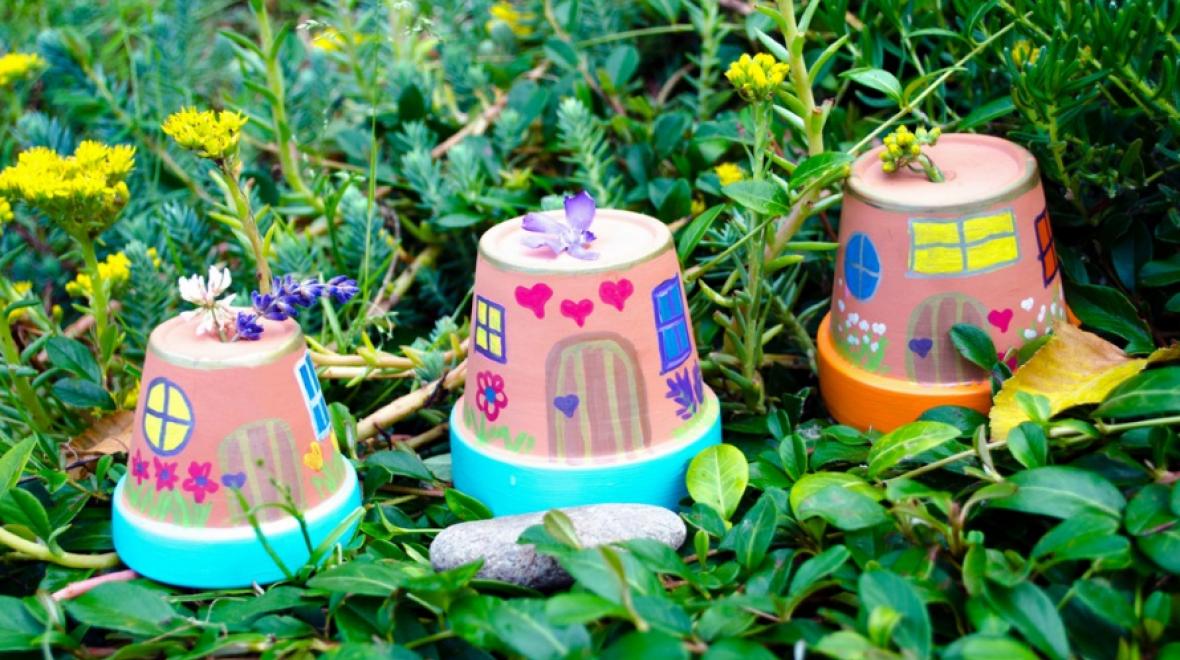
Absolutely! Fairy gardens are a great project for kids. They can help with selecting plants, arranging figurines, and adding their personal touch to the garden. It’s a fun and creative way for children to engage with nature while letting their imagination run wild.
7. What should I put in my fairy garden?
You can add small furniture pieces like tiny benches, tables, or swings, along with natural elements like stones, pebbles, or miniature fountains. Decorative items like birdhouses, fairy figurines, and tiny doors can also make your garden feel even more enchanting.
8. How can I make my fairy garden last longer?
Choose hardy plants, provide them with the right amount of sunlight, and ensure your garden has good drainage. If it’s indoors, keep it near a window with sufficient light. For outdoor fairy gardens, protect them from harsh weather and animals by placing them in sheltered spots.
Here are some additional FAQs for you:
- Can I use mosquito-repellent plants in my garden to replace chemical sprays?
While mosquito-repelling plants help reduce mosquito presence, they are not a complete replacement for chemical sprays. If you’re dealing with a heavy mosquito infestation, using both plants and chemical sprays can offer more comprehensive protection. - How close should I plant mosquito-repellent plants to my outdoor seating area?
To maximize the effects of mosquito-repelling plants, try to plant them within 3-5 feet of your outdoor seating area. This proximity will help the scent from the plants affect the mosquitoes in the area. Consider placing them in containers near sitting areas for better effectiveness. - Are there any plants that repel mosquitoes naturally and are safe for children?
Yes! Plants like lavender, basil, lemon balm, and citronella grass are all safe for children when planted in your garden. However, make sure to keep them out of reach of very young children who might be tempted to eat the plants. - Can I use mosquito-repellent plants in my yard even if I have a lot of trees or dense shade?
Many mosquito-repellent plants, such as citronella and marigolds, thrive in full sun, so if you have a shaded yard, you might need to create sunny spots where these plants can flourish. You may also consider placing them in containers and moving them to sunnier areas if necessary. - Do mosquito-repellent plants work instantly?
No, mosquito-repellent plants do not work instantly. Their effectiveness grows over time, as the plants need to release their essential oils and compounds into the air to repel mosquitoes. If you’re using them for protection, give them time to establish and release their scents. - Can I grow mosquito-repellent plants in containers?
Yes! Many mosquito-repellent plants, like citronella, basil, lavender, and mint, can thrive in containers. This is an excellent option for those with limited garden space or for creating movable “mosquito-free zones” around your yard. - Can I use essential oils from mosquito-repellent plants to make my own candles or incense?
Yes, you can use essential oils from plants like citronella, lavender, and lemongrass to make your own candles or incense. These can further help disperse the repelling scent around your outdoor areas. - How do I harvest essential oils from my mosquito-repellent plants?
Harvesting essential oils from plants like lavender or mint requires distillation, which can be done at home using a steam distiller. You can also extract oils by crushing the leaves and flowers and letting them steep in a carrier oil like coconut or olive oil. - How do I prevent mosquitoes from breeding in my garden?
To prevent mosquitoes from breeding, eliminate standing water in your garden. Empty bird baths, plant saucers, or anything else where water can collect. Mosquitoes lay their eggs in standing water, so reducing this habitat will significantly reduce their presence. - Will planting mosquito-repellent plants around my garden completely eliminate mosquitoes?
While planting mosquito-repellent plants can help reduce mosquito populations, they won’t completely eliminate them. It’s important to combine plant-based repellents with other preventative measures, such as reducing standing water and using physical barriers like screens, to keep mosquitoes at bay.
These additional FAQs should help you further understand how to effectively use mosquito-repellent plants and take action against mosquitoes in your garden. Happy gardening and bug-free days ahead!
Conclusion
Fairy gardens offer a magical escape, transforming ordinary spaces into enchanting, whimsical retreats. Whether you choose to create a Fairy Gnome Garden, a Purple Fairy City, or a Tropical Seaside Garden, each idea allows for limitless creativity and personalization. These miniature worlds can be placed anywhere—on a windowsill, in your backyard, or even inside a simple pot—bringing a touch of magic to any environment. With elements like tiny houses, mystical creatures, and colorful flowers, your fairy garden becomes more than just a space; it becomes a story, a place of joy, and an outlet for creativity. So, gather your materials, let your imagination take flight, and craft your very own fairy tale within your garden!

